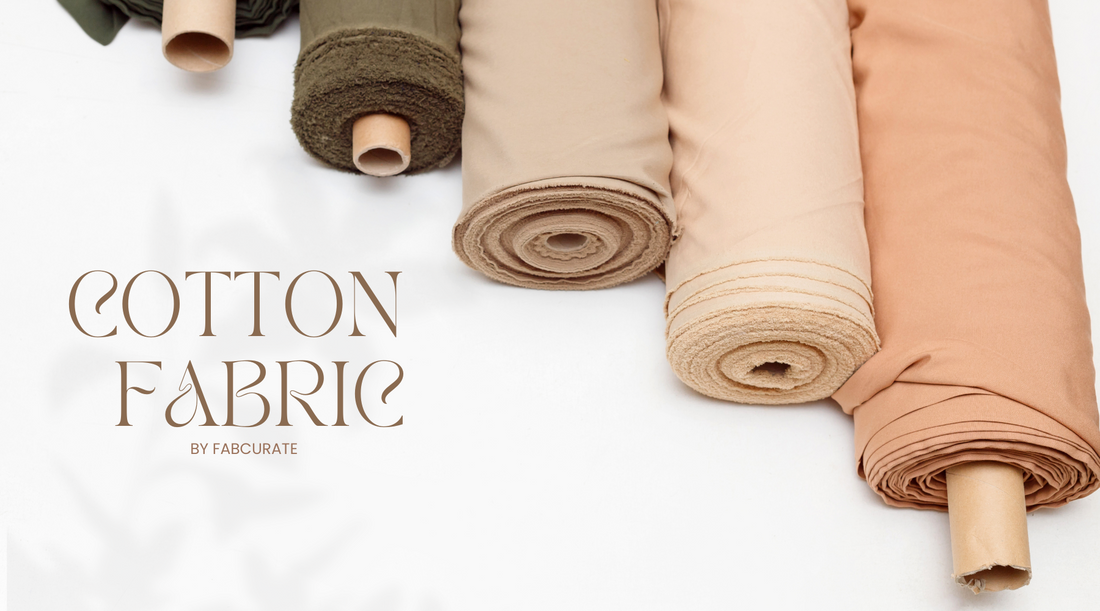Cotton fabric is one of the most popular and versatile materials used in textile production worldwide. Known for its softness, breathability, and durability, cotton fabric has been a staple in clothing and home textiles for centuries. In this article, we'll delve into the properties of cotton fabric, its production process, its various uses, and its environmental impact.
What Is Cotton Fabric?

Cotton fabric is a natural fiber textile derived from the cotton plant's seed pod. It is composed primarily of cellulose, a complex carbohydrate that gives cotton its characteristic softness and absorbency. Cotton fabric comes in various weaves and weights, ranging from lightweight voile to heavyweight canvas, catering to a wide range of applications.
How Is Cotton Fabric Made?
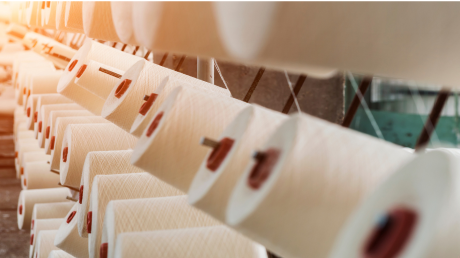
The production of cotton fabric begins with the cultivation of cotton plants. Once harvested, the cotton fibers undergo ginning to separate the seeds from the fibers. These fibers are then spun into yarn, which is subsequently woven or knitted into fabric. The fabric may undergo additional processes such as dyeing, printing, or finishing to achieve desired characteristics or appearances.
How Is Cotton Fabric Used?

Cotton fabric finds application in a myriad of products including clothing (such as t-shirts, denim, and shirts), household textiles (like bed linens and towels), and industrial products (such as tents and medical supplies). Its versatility, comfort, and breathability make it a popular choice across various industries.
Where Is Cotton Fabric Produced?
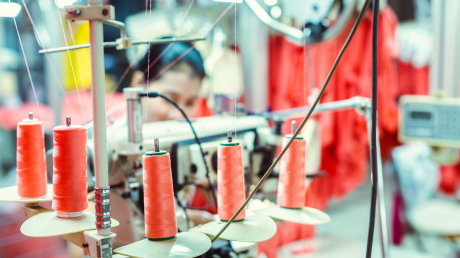
Cotton is cultivated in numerous countries across the globe, with major producers including China, India, the United States, and Pakistan. The ideal climate for cotton cultivation is warm and humid, facilitating the growth of the cotton plant.
How Much Does Cotton Fabric Cost?
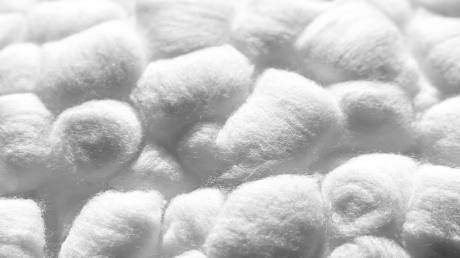
The cost of cotton fabric varies depending on factors such as quality, weave, and processing techniques. Generally, cotton fabric is relatively affordable compared to other natural fibers, making it accessible to a wide range of consumers.
What Different Types of Cotton Fabric Are There?
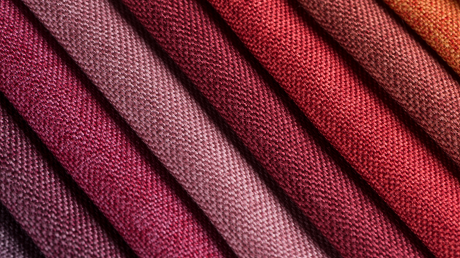
There are several different types of cotton fabric, each with its own unique characteristics and uses. Some common types include:
Combed cotton: Smooth and strong, combed cotton is often used in high-quality clothing.
Organic cotton: Grown without synthetic pesticides or fertilizers, organic cotton is favored for its environmental sustainability.
Pima cotton: Known for its extra-long staple fibers, Pima cotton produces soft and luxurious fabrics.
Denim: A durable cotton twill fabric, denim is commonly used in jeans and other casual wear.
How Does Cotton Fabric Impact the Environment?
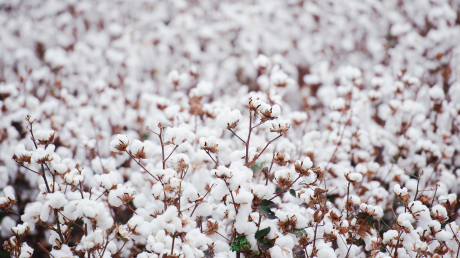
While cotton is a natural and biodegradable material, its cultivation can have significant environmental impacts, including water consumption, pesticide use, and soil degradation. However, initiatives such as organic farming and sustainable practices aim to mitigate these effects.
Cotton Fabric Certifications Available

Various certifications, such as the Global Organic Textile Standard (GOTS) and the Better Cotton Initiative (BCI), provide assurance that cotton fabric is produced using environmentally and socially responsible practices. These certifications help consumers make informed choices and support sustainable cotton production.
In conclusion, cotton fabric's enduring popularity is rooted in its exceptional properties, versatile applications, and cultural significance. By understanding its production process, uses, and environmental implications, we can make conscientious decisions to promote sustainable practices within the cotton industry.



